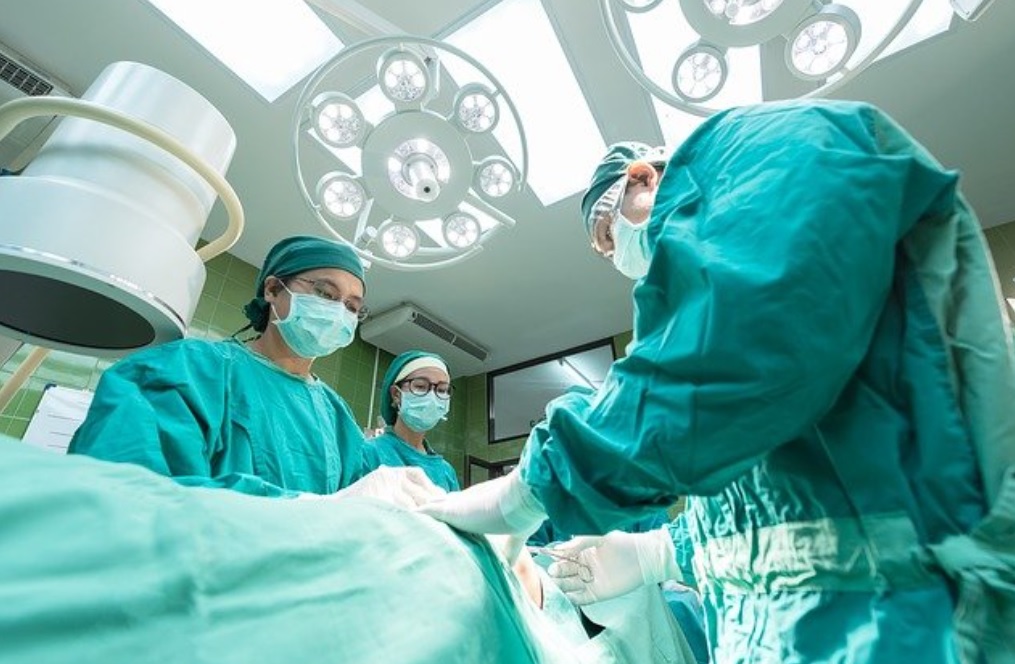Have you ever heard of the term male gynecomastia? It is a condition that has been affecting millions of men all over the world, yet it has been rarely talked about. This condition, characterized by the enlargement of breast tissue in males, can cause great emotional distress and embarrassment for those who suffer from it, which is why we will be talking about male gynecomastia. In this article we will help you explore what male gynecomastia is, its causes, symptoms, and treatment options before you visit a body sculpting center like True Contour Medical.
Male gynecomastia is the medical term for the excessive growth of breast tissue in males and this condition is more common than you might think because it has been affecting up to 60% of men at some point in their lives. It can be caused by a number of factors, including hormonal imbalances, medication side effects, and certain medical conditions the hormonal imbalances that are responsible for gynecomastia can be due to a number of factors, such as puberty, aging, liver disease, as well as certain types of cancer.
Swollen or painful breast tissue, sensitivity in the nipples, as well as an increase in breast tissue are all indicators of male gynecomastia. It is vital to remember that male breast enlargement occasionally signals the presence of a more serious illness, such as breast cancer. It is also crucial that you consult with a medical expert if you have any concerns that you may have male gynecomastia.
For male gynecomastia, there are a number of treatment options that are available. A prescription from the doctor for medicine to assist in controlling hormone levels may be given if a hormonal imbalance brings on the ailment. Surgery might be necessary in some circumstances to remove extra breast tissue. Other treatments can involve changing your diet and exercise routine in order to get rid of extra chest fat or using compression clothing to shape your chest.
It’s critical to keep in mind that you are not alone if you are battling with male gynecomastia. Receiving care or even having the illness itself is not shameful, more so that a lot of guys have already discovered that receiving treatment can significantly raise their quality of life and self-esteem.
In conclusion, male gynecomastia is a condition that affects many men around the world, and it is nothing to be ashamed of. It is caused by a number of factors, which include hormonal imbalances, medication side effects, as well as certain medical conditions. While the symptoms can be distressing, there are a number of treatment options available, including medication, surgery, exercise, and diet modifications, so if you are experiencing symptoms of male gynecomastia, we encourage you to speak with a medical professional for guidance in exploring treatment options. Remember, there is no shame in seeking help, and treatment can greatly improve your quality of life and self-confidence.

Everything You Need to Know on the Treatment Options for Male Gynecomastia
As we already know, gynecomastia, or male breast enlargement is quite a common condition that can affect men of all ages, from infants to elderly men. While it is not considered a serious health condition, it can cause a lot of emotional distress and can also affect a person’s self-image. If you are struggling with gynecomastia, please know that you are not alone, and there are numerous treatment options available that can help you deal with the condition effectively. To help you with your circumstance, we have outlined everything you need to know about the different treatment options available for male gynecomastia.
Medications
Medications including tamoxifen, raloxifene, and aromatase inhibitors can help shrink the breast tissue in gynecomastia. These drugs stop the hormone responsible for the growth of breast tissue, estrogen, from being produced when testosterone is converted to estrogen. However, it is undetermined how safe these drugs are over the long run and they may have negative effects.
Surgery
In extreme situations of gynecomastia where the breast tissue has grown excessively and is uncomfortable which has negatively affected the patient’s quality of life, surgery is typically recommended. The surgery, which can be carried out under either local or general anesthesia, involves the excision of extra breast tissue and even though it can leave scars and there may be hazards with any invasive surgery, this is a relatively safe and successful approach for treating gynecomastia.
Liposuction
When it comes to gynecomastia cases that range from mild to severe and where the breast tissue is not excessively large, liposuction may be performed. Small incisions are made during this surgery, and a tiny tube is inserted to suction out the extra breast tissue and fat, even though it is less invasive than surgery and leaves fewer scars, it might not be successful when glandular breast tissue is the main contributor to gynecomastia.
Exercise and Diet
The condition known as gynecomastia may occasionally be lessened through dietary and lifestyle adjustments including consistent exercise. Losing weight and engaging in exercise can both aid in fat burning and decrease the amount of fatty tissue in the breast region. However, just the same as liposuction, if glandular breast tissue is the primary cause of gynecomastia, diet and exercise may not be enough to treat the condition.
Compression Garments
Gynecomastia can be less obvious and self-esteem can be raised by wearing a compression garment, in order to give the chest area a smoother appearance, compression clothing can be worn underneath clothing. But, take note that this is a short-term fix, though, and it might not work for all gynecomastia situations.
